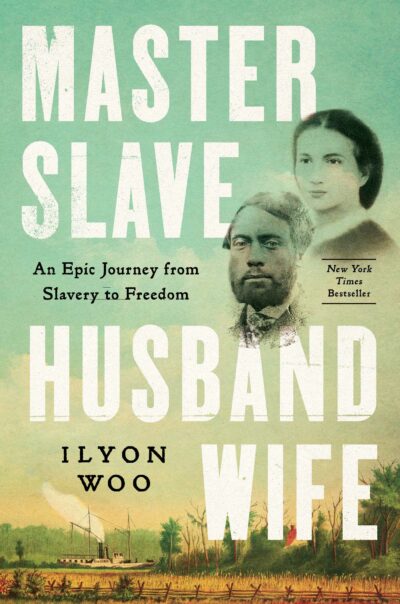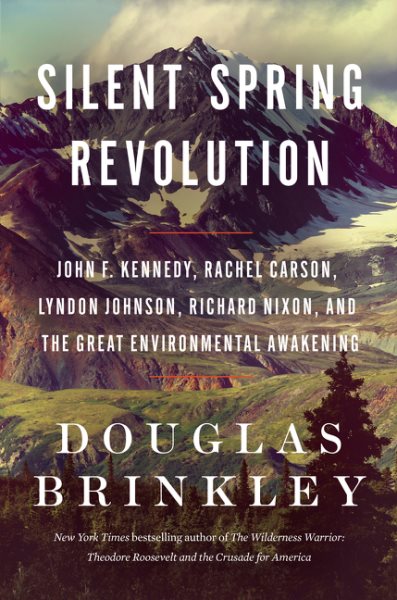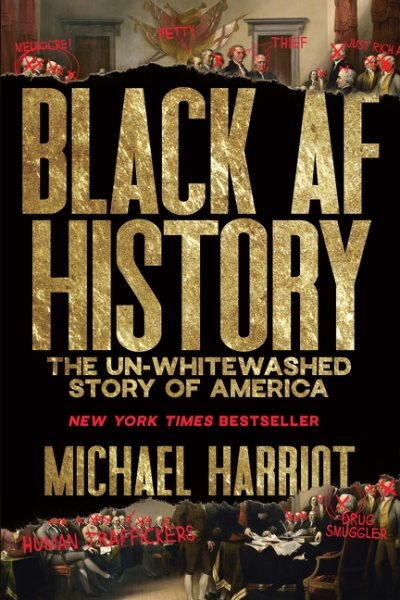I’ve read or listened to about 65 books in 2023, and 17 of those were nonfiction. Most were either memoirs or books about American history. I generally gravitate towards stories about people with diverse backgrounds and experiences. I realized towards the end of the year that the best nonfiction titles I read were the untold stories from our past, written in the context of histories we’ve been collectively taught in school and in the media. It was difficult to choose only a few to recommend here, especially because I don’t finish books I’m not enjoying, but here are the nonfiction titles that have stayed with me.
Master Slave Husband Wife: An Epic Journey from Slavery to Freedom
by Ilyon Woo
Genres: Nonfiction, Biographical
Published: January 2023
Call Number: 973.7115 WOO
Formats Available: Hardcover, eBook and eAudiobook via Libby and Boundless
Synopsis: Presents the remarkable true story of Ellen and William Craft, who escaped slavery through daring, determination and disguise, with Ellen passing as a wealthy, disabled white man and William posing as “his” slave.
Review: I already wrote about Master Slave Husband Wife in February, so jump over to that blog post to read my in-depth thoughts. The quick take: Woo brings to life a little-known part of American history, and I highly recommend this extraordinary book.
Silent Spring Revolution
by Douglass Brinkley
Genres: Nonfiction, History, Environment
Published: November 2022
Call Number: 333.72092 BRI
Formats Available: Hardcover, eBook via Libby, audiobook on CD
Synopsis: Crucial to understanding the battle to protect America’s land, water, wildlife and air, this book pays tribute to environmental activists who literally saved the natural world under the leadership of John F. Kennedy due in part to Silent Spring, a book that launched an eco-revolution among the American people.
Review: I didn’t know a lot about environmental history or policy before reading this book. So much has been written about presidential history but rarely has the environment taken center stage in a book that covers three presidents. Silent Spring Revolution does just that, but it also discusses many of the activists who pushed for environmental laws and regulations throughout America. It was inspiring to read about how people pushed for regulations from the ground up in places where businesses had control of legislatures. Brinkley’s depth of research is admirable, and he tells the stories of these people in a way that makes it into a narrative form. He also beautifully describes the nation’s coastlines, national parks and ordinary city streets to make the environment come to life.
Brinkley brings Rachel Carson’s Silent Spring to the forefront to describe the beginning of the environmental movement as we know it today. Her work, but especially this book, inspired many to join the environmental cause. Whether it was Kennedy’s Secretary of Interior Stewart Udall pushing for more protected land or Los Angeles mothers picketing against smog, Brinkley highlights their fights for posterity. I also appreciated how there was discussion about Martin Luther King Jr.’s, Coretta Scott King’s and Cesar Chavez’s work for environmental justice.
If you’re interested in learning more about environmental history, this is the book for you. It is a great reminder that the environment is not something to celebrate once a year on Earth Day, but a part of us.
Black AF History: The Un-Whitewashed Story of America
by Michael Harriot
Genres: Nonfiction, History
Published: September 2023
Call Number: 973.0496073 HAR
Formats Available: Hardcover, eAudiobook via Libby
Synopsis: The acclaimed columnist and political commentator presents a sharp and often hilarious retelling of American history that focuses on the overlooked contribution of Black Americans and corrects the idea that American history is white history.
Review: This engrossing view of American history starts with the North Atlantic slave trade and ends with modern times. As he describes in the Introduction, most American history textbooks describe the enslaved, as just that, masses of enslaved people. Not by their given names. Harriot sets out to reclaim American history and add Black names to forgotten stories. He describes the American Revolution from the point of view of an African in America. Harriot then describes what it’s like to be Black during the Civil War, Reconstruction and the Civil Rights Movement, to name a few of the historical events covered.
He doesn’t pull any punches with America’s racial history and the way it has been written about. For example, he writes:
many historians describe Reconstruction as a period of “racial unrest” marked by lynchings and “race riots,” and it was undoubtedly a war… The network of terror cells that sprang up during Reconstruction went by many names, including the White League, the White Knights, the Knights of the White Camelia, and–the famous of all–the “Circle of Brothers,” otherwise known as the Ku Klux Klan. It was insurrection, ethnic cleansing, and terrorism with a little bit of guerrilla warfare mixed in for good measure.
It’s hard to describe reading about events that you’ve read about, but from a completely different perspective, one that broadens your view of America. I would recommend this book to anyone interested in American history. The funny, short footnotes are an added bonus.



